McDonalds' Golden Arches Go Green with Low-Voltage Halogen and LED Lighting
 Today there are roughly 13,000 McDonalds fast food restaurants in the United States, all of which have signs, lighting, stoves, and other appliances that consume energy. Like many businesses throughout the United States, McDonalds has begun drawing up plans for becoming more environmentally friendly. A large part of these plans has involved developing environmentally friendly lighting solutions to reduce energy consumption and operating costs.McDonalds has already taken steps to reduce energy consumption but maintain excellent lighting by using Philips’ excellent low-voltage dichroic MR16s to ensure that McDonalds’ restaurants have great looking, long lasting lighting.
Today there are roughly 13,000 McDonalds fast food restaurants in the United States, all of which have signs, lighting, stoves, and other appliances that consume energy. Like many businesses throughout the United States, McDonalds has begun drawing up plans for becoming more environmentally friendly. A large part of these plans has involved developing environmentally friendly lighting solutions to reduce energy consumption and operating costs.McDonalds has already taken steps to reduce energy consumption but maintain excellent lighting by using Philips’ excellent low-voltage dichroic MR16s to ensure that McDonalds’ restaurants have great looking, long lasting lighting.McDonalds has also been attempting to improve on the efficiency of high performance halogens and has been experimenting with LED lighting systems coupled with natural lighting. In a prototype restaurant in North Carolina, the lighting is nearly totally comprised of LED bulbs and fixtures and is supplemented by skylights and natural light. The restaurant’s LED Lighting and natural lighting is projected to save this McDonalds roughly 78% in energy consumption. Though it may be a long time until all 13,000 McDonalds restaurants are LED lit, it is promising to see that corporations as large as McDonalds are joining in the green revolution.
BulbAmerica has a wide selection of low voltage halogen lighting products and LED products to save you energy and money while giving you great quality lighting. Retrofit your incandescent bulbs with energy efficient halogen, CFLs, and LEDs and join the green revolution today! As usual leave questions or comments on our blog or Facebook or call us at (888)505-2111 with any further questions you have.






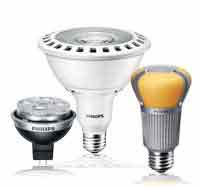
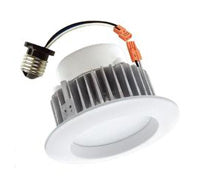

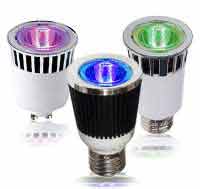


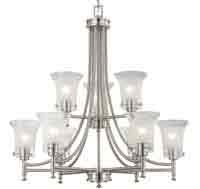
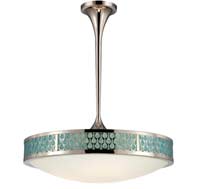




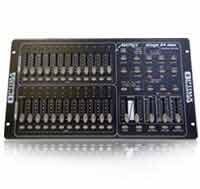
 ables found today on the back of food packaging.
ables found today on the back of food packaging. 

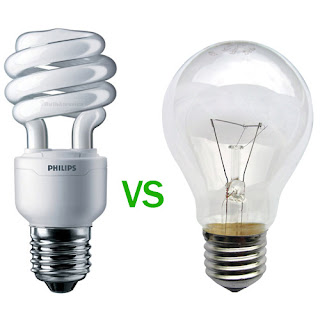






Stay in Touch